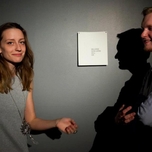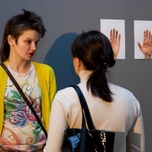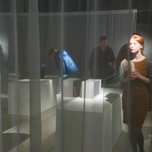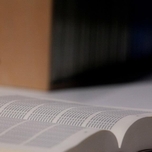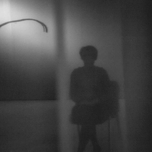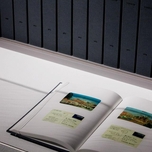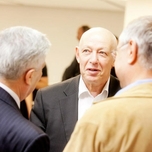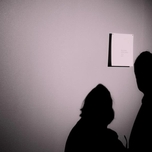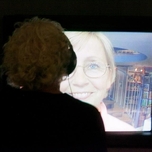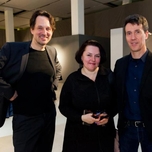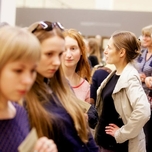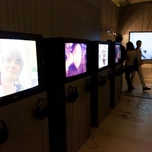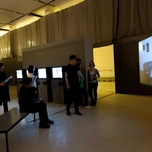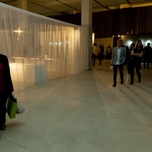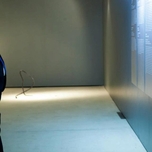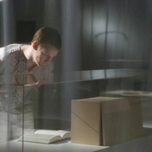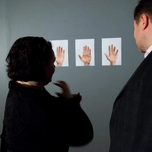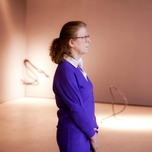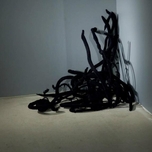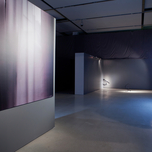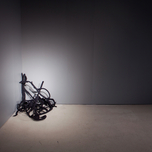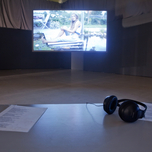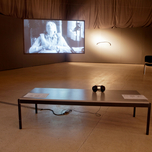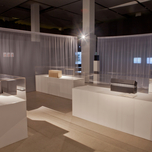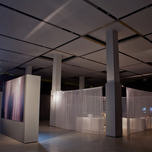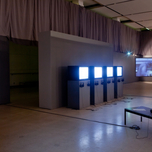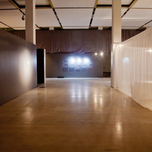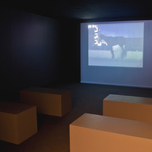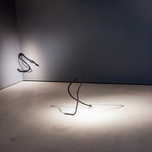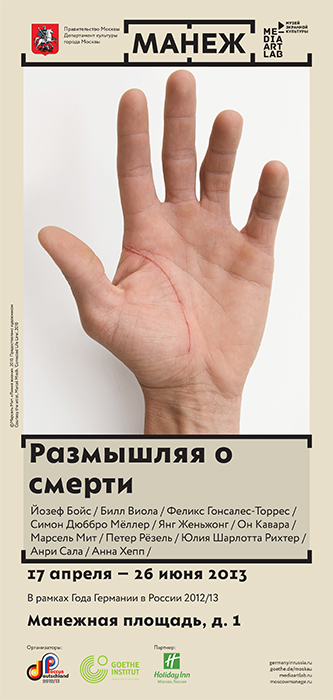 As a part of the Year of Germany in Russia 2012/13
As a part of the Year of Germany in Russia 2012/13
CONTEMPLATING DEATH
Joseph Beuys
Felix Gonzalez-Torres
Simon Dybbroe Møller
Anna Hepp
On Kawara
Marcel Mieth
Julia Charlotte Richter
Peter Rösel
Anri Sala
Bill Viola
Yang Zhenzhong
Concept
Leonhard Emmerling
Wolf Iro
Exhibition design
Catherine Garet
Assistants
Catherine Garet
Elena Rumyantseva
Elisaveta Velichko
mediaartlab.ru
germanyinrussia.ru
goethe.de/moskau
moscowmanege.ru
This show was curated and organized by the Museum of Screen Culture ‘Manege/MediaArtLab’, the Moscow Goethe-Institut and the Department of Fine Arts at the head office of the Goethe-Institut in Munich.
It was Joseph Beuys who once put it down so aptly. ‘Death keeps me awake.’ This is precisely the paradox that makes us fight death, grow desperate when thinking of it, but also respect it. For it is due to the limitation of our existence that the latter becomes meaningful.
Hardly any topics are more strongly taboo in modern societies than aging, dying and death. Old and sick people disappear from the public realm; death is shut away in hospices and hospitals. Where economic considerations are given priority, even over political action, the fetishization of high performance demands the denial of illness, suffering and dying. The repression of death, however, has grave consequences for the way we lead our lives, since contemplating death, being conscious of one’s own mortality, requires an ethics of care and attentiveness, humility and empathy.
Modern artist may have forgone his former status as a seer and prophet. What he is still capable of, though, is – often enough not even rationally or consciously – bringing into the open things that usually hide below the surface or are surpressed. It is in this sense that death has ever more often become a subject of the arts.
The exhibition is an attempt to approach the topic of death from various associative angles. It assembles works by artists from the U.S., China, Japan, Germany, Denmark and Albania. On Kawara’s edition objects, which address the element of concentration on the moment as well as the endeavour to grasp the enormity of time as duration, can here be regarded central examples. Anri Sala focusses on the suffering of a doomed creature – a dying horse on the outskirts of Tirana – in his video ‘Time after Time’ (2003). The young German video and film artists Anna Hepp and Julia C. Richter take a look at death from a private perspective (Hepp) and a disturbing impersonal distance (Richter). Felix Gonzalez-Torres’s image of a person behind a curtain, to be shown both in the exhibition and in the public realm, can be understood as a symbol of the passage between life and death, a theme also explored by Bill Viola. The concentration of symbolically charged shots in the video ‘The Passing’ (1991) make it an outstanding work in Viola's oeuvre. In his on-going video project ‘I Will Die’, Yang Zhengzhong spreads out a panorama of ways of confronting the subject of death. Finally, Simon Dybbroe Møller’s and Peter Rösel’s works mark two polar positions in the context of the show. While Møller facetiously gives scope to the desire – however foolish – to play a trick on death, Rösel creates apparently abstract sculptures with which he examines the horror brought upon people by dictatorship and genocide in the twentieth century.
It is left to the individual to decide, whether it represents the absolute and unequivocal end of the respective existence, the passage to another world, or one stage in the eternal cycle of birth, death and rebirth. For in ‘Contemplating Death’ the concern is not with propagating a certain conception of death. All of the works in this exhibition speak in one way or another of the respect that must be paid to each individual conception of dying and death. They invite us to pause, to reflect on it ourselves. In order to grow conscient again of the value of our own life.
